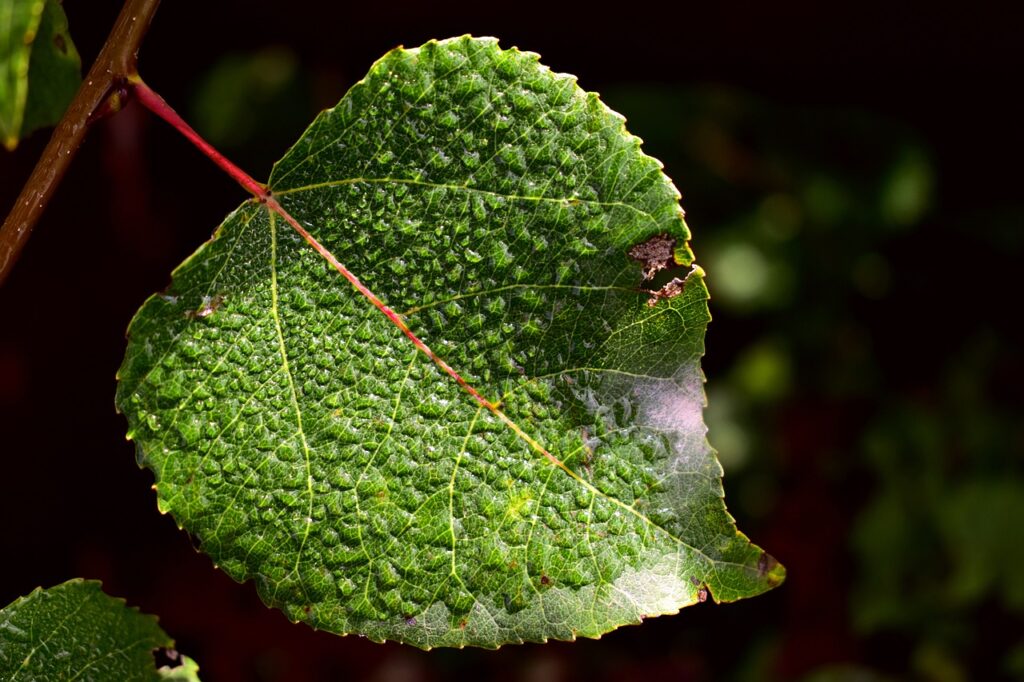
Photosynthesis is the process by which green plants, algae, and some bacteria convert light energy into chemical energy stored in glucose. Understanding the light and dark reactions of photosynthesis is essential for NEET aspirants.
Structure of Chloroplasts
Photosynthesis occurs in chloroplasts, which have the following structures:
- Thylakoids: Flattened sacs where light-dependent reactions occur.
- Grana: Stacks of thylakoids.
- Stroma: Fluid-filled space surrounding thylakoids where the Calvin cycle occurs.
- Chlorophyll: Pigment that captures light energy.
Light Reactions
The light reactions, or light-dependent reactions, take place in the thylakoid membranes of chloroplasts and convert light energy into chemical energy.
Steps in Light Reactions:
- Photolysis of Water: Light energy splits water molecules into oxygen, protons, and electrons.2H2O→4H++4e−+O22H2O→4H++4e−+O2
- Photosystem II (PSII): Absorbs light, exciting electrons to a higher energy level.
- Electron Transport Chain (ETC): Electrons travel through the ETC, releasing energy used to pump protons into the thylakoid lumen, creating a proton gradient.
- Photosystem I (PSI): Absorbs light, re-exciting the electrons.
- Formation of NADPH: Electrons reduce NADP+ to NADPH. NADP++2e−+H+→NADPHNADP++2e−+H+→NADPH
- ATP Synthesis: Protons flow back into the stroma through ATP synthase, generating ATP from ADP and inorganic phosphate. ADP+Pi→ATPADP+Pi→ATP
Dark Reactions (Calvin Cycle)
The dark reactions, or Calvin cycle, take place in the stroma and use ATP and NADPH produced in the light reactions to synthesize glucose.
Steps in the Calvin Cycle:
- Carbon Fixation: CO2 is fixed to ribulose-1,5-bisphosphate (RuBP) by the enzyme RuBisCO, forming 3-phosphoglycerate (3-PGA). CO2+RuBP→2×3−PGACO2+RuBP→2×3−PGA
- Reduction Phase: ATP and NADPH are used to convert 3-PGA into glyceraldehyde-3-phosphate (G3P).3−PGA+ATP+NADPH→G3P3−PGA+ATP+NADPH→G3P
- Regeneration of RuBP: Some G3P molecules are used to regenerate RuBP, enabling the cycle to continue.G3P→RuBPG3P→RuBP
Overall Equation of Photosynthesis: 6CO2+12H2O+light→C6H12O6+6O2+6H2O6CO2+12H2O+light→C6H12O6+6O2+6H2O
Conclusion
Understanding the light and dark reactions of photosynthesis is crucial for NEET aspirants. These processes convert light energy into chemical energy, supporting life on Earth by producing oxygen and glucose.
FAQs
What are the main products of the light reactions? The main products of the light reactions are ATP, NADPH, and oxygen.
Where does the Calvin cycle take place? The Calvin cycle takes place in the stroma of chloroplasts.
What is the role of chlorophyll in photosynthesis? Chlorophyll captures light energy and initiates the light-dependent reactions of photosynthesis.
How is ATP produced during the light reactions? ATP is produced by ATP synthase using the proton gradient generated by the electron transport chain in the thylakoid membrane.
What enzyme is responsible for carbon fixation in the Calvin cycle? The enzyme RuBisCO is responsible for carbon fixation in the Calvin cycle.
